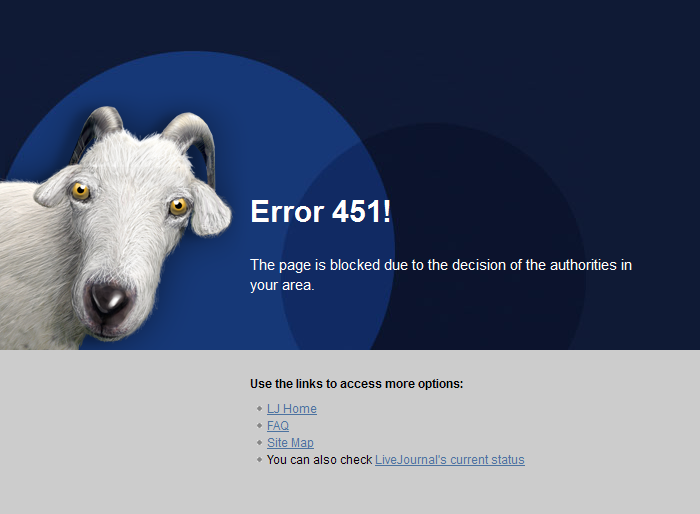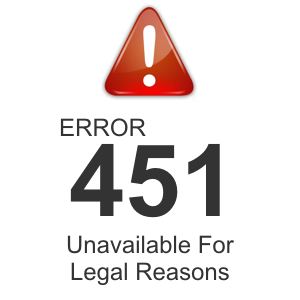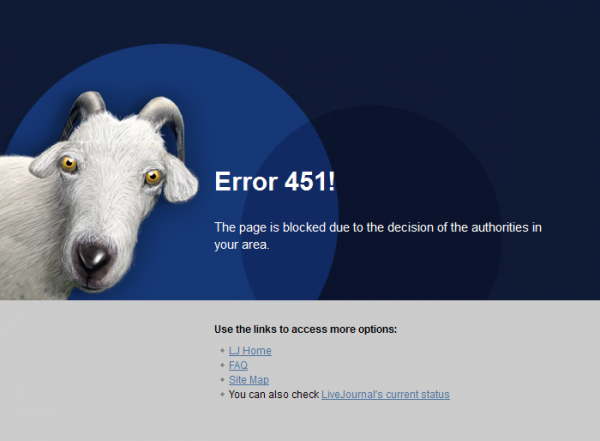Web status codes like the 404 are usually meant to indicate errors when accessing a website. However, a new status code called 451 was recently published to warn users whenever censorship or “legal obstacles” prevent them from seeing web content. This would also give users a much better explanation than the 403 forbidden code, which only tells them that they “don’t have permission to access on this server”, instead of saying things like “I can’t show you this for legal reasons.”
A draft entitled ‘An HTTP Status Code to Report Legal Obstacles’ was published in an official website of the Internet Engineering Task Force (IETF). According to the draft, responses that uses the 451 status code should include an explanation of why those sites are blocked, as well as the party responsible for it and the applicable legislation.
The draft also mentions that there is a possibility for clients to access the restricted content by using technical countermeasures such as a VPN or the Tor network.
According to a blog by web developer Mark Nottingham, the 451 status code was implemented mainly to highlight online censorship. Notable online organisations that promote freedom of expression, such as Lumen and ARTICLE 19, also expressed interest in being able for their websites to use the 451 status code to catalogue censorship.
The downside of the 451 status code is that it isn’t always reliable, as some websites may be forced to produce HTTP 404 or similar, if they are not legally permitted to disclose that their contents are censored. As stated by the draft:
“Clients cannot rely upon the use of the 451 status code. It is possible that certain legal authorities might wish to avoid transparency, and not only demand the restriction of access to certain resources, but also avoid disclosing that the demand was made.”
Follow us on Instagram, Facebook, Twitter or Telegram for more updates and breaking news.





